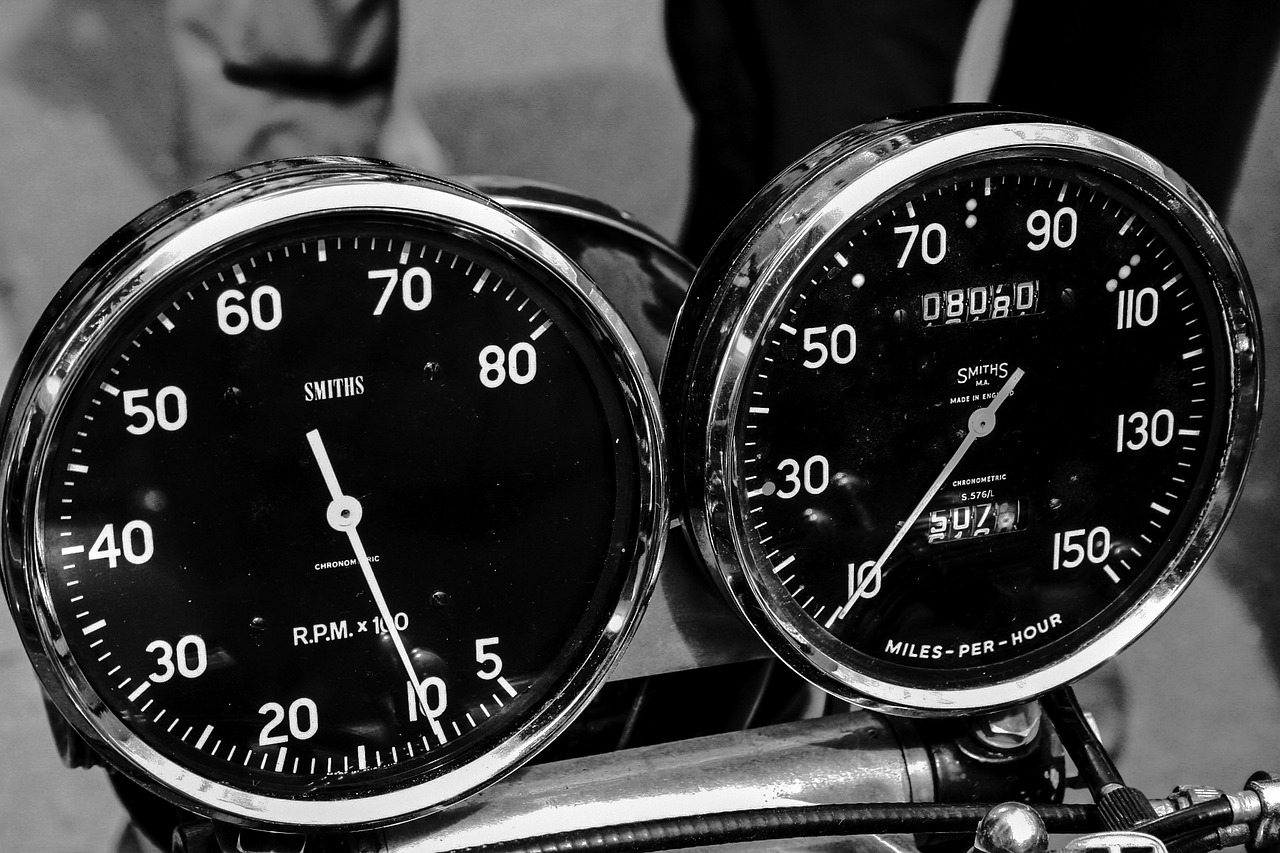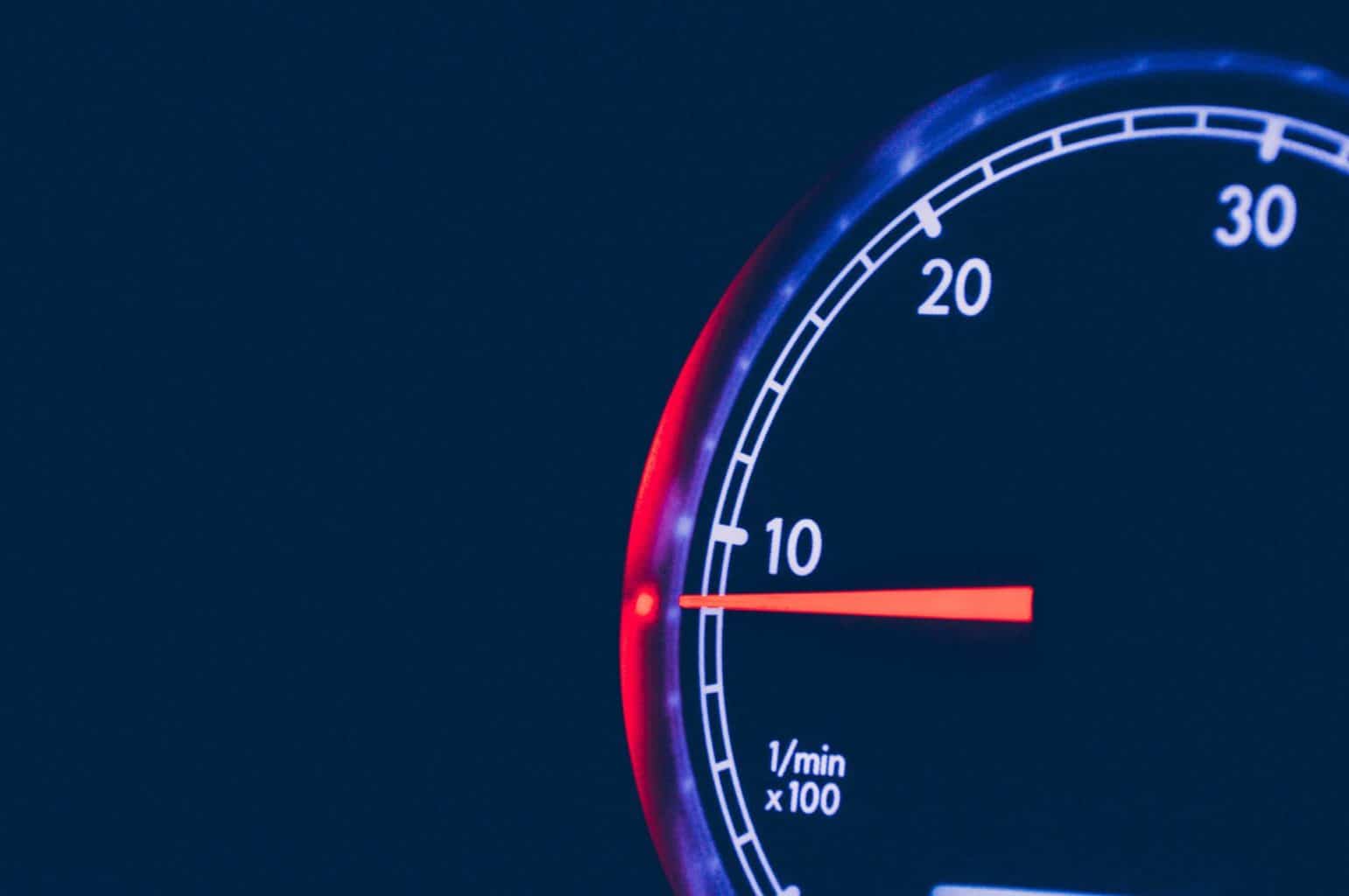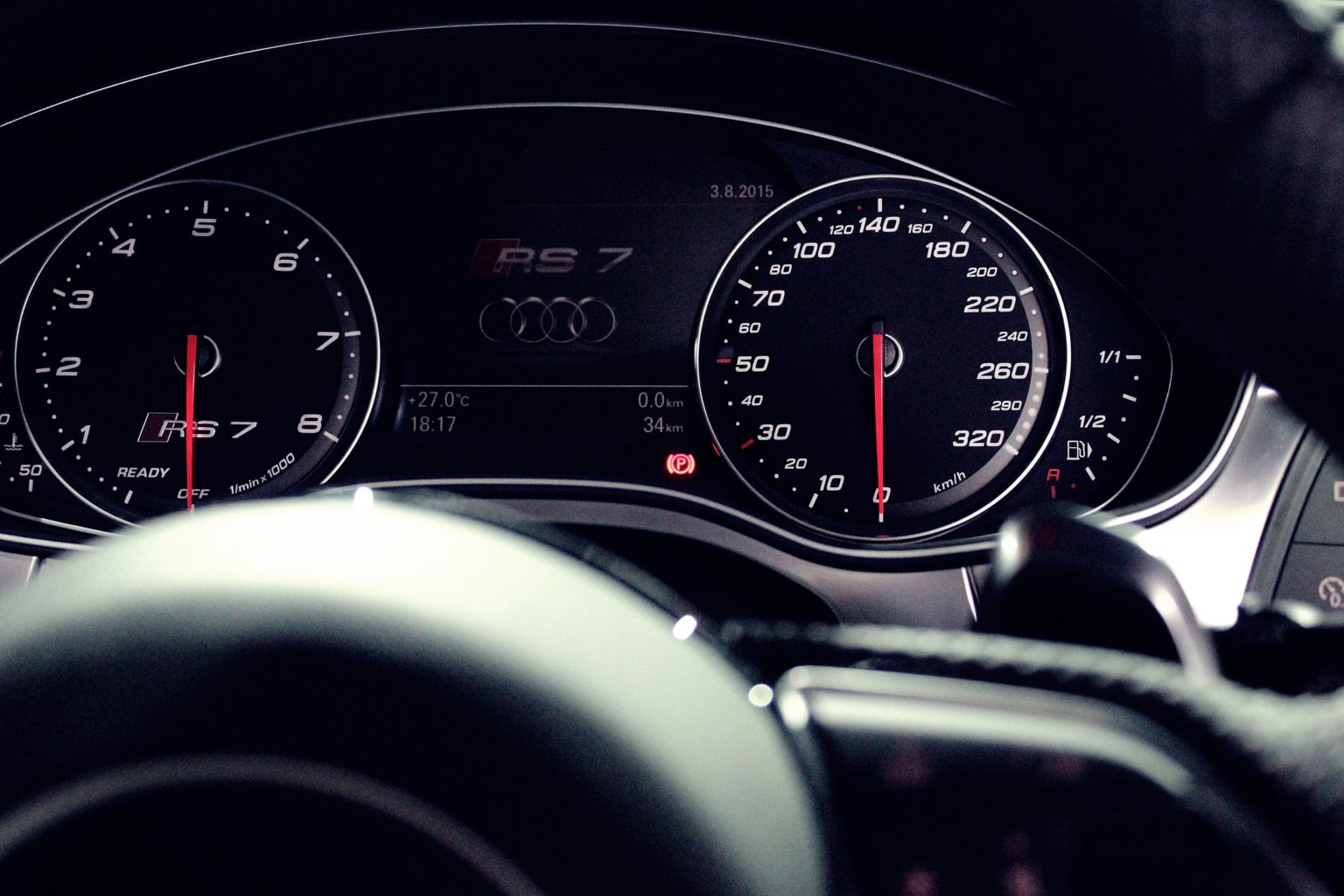A tachometer is an instrument that measure the working speed of an engine, typically in revolutions per minute (RPM). It is commonly used in cars, boats, planes, and other vehicles. Most tachometer gauges have either an analog (dial) or digital (LCD or LED screen) display.
Digital tachometer are increasingly common on the market due to their reliability. They include fewer moving parts, which increases the life of the component. Analog options are generally more prone to failure, which is further exacerbated by them having moving parts, as the location of a tachometer is usually close to the engine bay where vibrations are the strongest.

Why Do Automotive Vehicles Have a Tachometer?
To put things easily, there really are no real reasons why a car with automatic transmission needs a tachometer. A driver could go on until their tank goes empty and never need to know what their engine speed is or what gear they have been driving on.
Some cars equipped with automatic transmission have modes that simulate manual control over the gears. Even still, the computer in automatic vehicles actively prevents drivers from foolishly over-revving and/or “reading.” The car’s computer will cut the fuel supply if you try to work against the transmission design.
1. Captures and Relays Data to Help Shift Your Vehicle
If you have an automatic transmission and have a tachometer gauge, you’ll notice some consistency when shifting from a lower gear to a higher gear. The transmission is programmed to shift up to higher gears at predetermined engine RPM. The RPM is measured by the tachometer and relays data to the TCM (transmission control module) or ECU. That same RPM id displayed on the gauge. While the gauge itself is simply for display, it lets the driver know when to expect a shift.
2. Let’s Manual Transmission Drivers Know When to Shift
The tachometer gauge also helps a driver know when to shift each gear while driving a manual transmission. Most manually-shifted cars,trucks, and SUV’s should be shifted from a lower gear to the higher gear when the engine RPM gauge displays 3,000 to 4,000 on the tachometer. Drivers are usually trained to shift the engine based on sound and driving conditions as opposed to the tachometer RPM, but the tach serves an important function by providing a visual indicator.
3. Helps Improve Fuel Efficiency
A working tachometer can also help those with manual transmissions improve their fuel mileage. Most automotive manufacturers will note in the vehicle’s owner manual at which RPM the engine should be shifted for optimal efficiency. To achieve optimal efficiency, today’s modern combustion engine is paired to a specific type of transmission, or transmission gear and gear drive axle ratio. The combination of all three individual systems is known as the power train. Shifting when recommended by the manufacturer helps supply power to the wheels with as little drag as possible. With a reduced “load” or “drag” on the engine, less fuel is burned — improving fuel economy.
4. Extends Engine Lifespan
A combustion engine contains multiple moving parts that all require lubrication in order to operate. As each part moves, friction and in turn heat is created with every engine revolution. The faster the engine spins (or higher the RPM), the more heat will be created. When this occurs, metallic parts that touch will eventually heat until they begin to lose lubricity, which can result in catastrophic failure. When the tachometer and supporting components are working correctly, the transmission can shift on time or drivers with manual transmission can shift as recommended — prolonging engine lifespan.
The tachometer plays a vital role in today’s modern engine by going much further than a moving needle on a display gauge. If you notice the tachometer gauge is not working, it can be a sign of a minor issue, such as a broken gauge or loose wire, or a potentially major problem, such as a damaged timing sensor. If you suspect the tachometer is not working on your car, contact a professional mechanic and have them diagnose what is causing the failure so the right repairs can be completed.
Is a Tachometer Necessary?
Most manual or automatic transmission cars have a tachometer. While not required, of all gauges in boat, a tachometer is one of the more important ones due to its ability to help avoid unnecessary wear and tear and detect engine speed issues before things get worse. Overall, a tachometer is a very useful instrument that can help you maintain optimal engine speed.

What Should Be On the Dashboard Besides the Tachometer ?
More and more cars are now coming equipped with fully customizable video displays instead of the traditional dials and meters. So instead of a gauge You have a high-definition screen, and the computer will creates an image of whatever you need from a speedometer to a navigation map or even an infotainment display.
There is quite literally nothing to stop automakers from changing things up on the car’s dashboard on a automatic transmission. Nothing is holding them except for safety regulations and their own imaginations. However an advantage of the tachometer, even in zero-emissions cars is that they alert the driver that the car is indeed up and running and moving. But in an era of keyless ignition, it remains to be seen if that one simple convenience stays as is.

